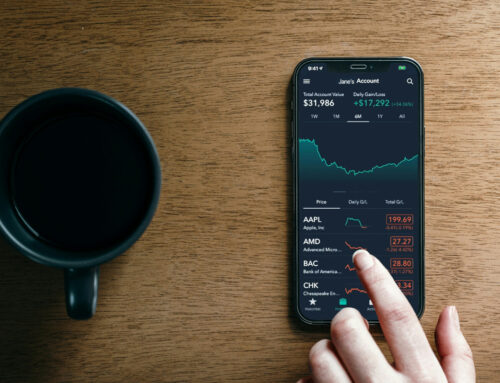Have you looked recently at the AUD/USD exchange rate? In early September this year the AUD peaked at its highest level in more than two years, at over 80.5 US cents. Since then, it has fallen to between 76 and 77 US cents.
There are a number of factors at play in this. Forex traders are anticipating the US Federal Reserve will raise interest rates in the not too distant future and, here in Australia, low inflation, low wage growth and high household debt are causing the RBA to hold interest rates at an all-time low of 1.5% for the foreseeable future.
Find out what a share is really worth
We are not qualified to predict the future of the AUD/USD, but in the light of the above, we decided we should use VectorVest to take a look at some of the shares listed on the ASX that could benefit from a lower AUD. These are predominantly stocks of companies that derive a significant part of their sales in USD.
Here are just some well-known ASX listed companies that could benefit from a lower AUD (for more try googling “ASX shares benefiting from lower AUD”)
- Macquarie Group (MQG.AX)
- Sonic Healthcare (SHL.AX)
- Cochlear (COH.AX)
- Resmed (RMD.AX)
- Ramsay Health Care (RHC.AX)
- Amcor (AMC.AX)
- Webjet (WEB.AX)
- Corporate Travel (CTD.AX)
- Qantas Airways (QAN.AX)
- BHP Billiton (BHP.AX)
Our next step was to put VectorVest to work to find the best of these by creating a new WatchList and adding the stocks above as follows:
- Click on the Viewers Tab on the main toolbar in VectorVest.
- Click on the yellow folder to the left of My WatchLists.
- Just under the heading WatchLists, click on the dropdown arrow to the right of the icon that looks like a page with a bent top right corner.
- Select new WatchList and name it AUD Falling Stocks.
- In the text box, to the right of the date box, type each symbol in separated by commas and click Add.
Note the WatchList Average at the bottom of the WatchList you have just built. Right click on any column in the WatchList Average row and select View Average WatchList Graph. Make sure you have a check in the box next to the EPS (Earnings Per Share) indicator on the right of the graph. Not a bad looking WatchList over the last year and also the last 5 years.
Using our WatchList and Graph tools, we are also able to analyse the individual shares to find those that best fit our investment style and risk appetite. When looking at the graphs, we can see that COH.AX is a stock with a smooth left to right rising Price pattern and consistent growing earnings over the last 12 months. Our national airline carrier, QAN.AX, caught our interest during this exercise.
Whilst a lower AUD causes aviation fuel spending to increase, it makes Qantas more competitive globally in terms of ticket prices sold in USD. Furthermore, a lower AUD encourages tourism to Australia, which in turn drives demand for international flights, and bingo, QAN.AX wins again (as do the likes of companies such as CTD.AX).
One of our favourite VectorVest techniques to find great stocks is to identify those with consistent growing EPS. Put the EPS indicator on the QAN.AX graph and click 5y at the bottom right of the screen. Note how EPS was starting to really fire up in early April 2015 and again in the second half of this year. Do this exercise for the other stocks mentioned and you will quickly identify the winners.
You may wish to graph the AUD/USD exchange rate (a useful website for this is www.xe.com/currencycharts) and compare it to the price of QAN.AX over the last 10 years. There is a striking correlation between a lower AUD and a rising QAN.AX share price.
There are other ways to take advantage of a falling AUD using VectorVest:
- Invest directly in US shares or index funds using a US Stock Broking Account and your second country VectorVest Account for those on a USD denominated VectorVest subscription, or
- Invest in currency ETFs listed on the ASX. Go to Viewers on the main toolbar, click on Industry Viewer and then double click on ETFs (Currency) to get the list of foreign currency ETFs we track. One to note is USD.AX. Graph it and you will see it started to rise in Price at the same time the AUD started falling in September 2017.
Written by: Robert and Russell Markham











Leave A Comment